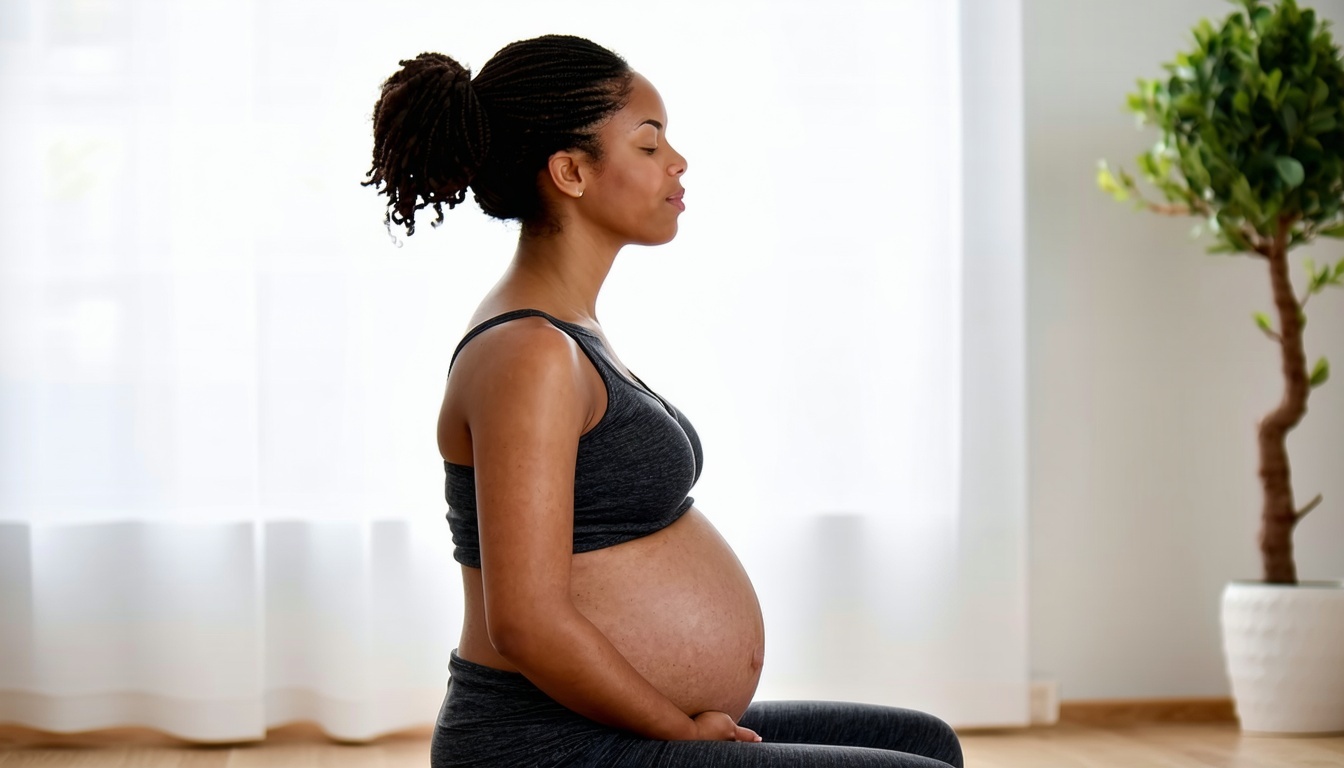Relaxation Exercises to Ease Labor and Delivery

Discover how specific relaxation exercises can help ease the challenges of labor and delivery, making the experience more manageable and empowering.
The Importance of Relaxation During Labor and Delivery
Labor and delivery can be one of the most intense experiences a person can go through, both physically and emotionally. The body undergoes significant stress, and maintaining a calm and relaxed state can help manage pain and discomfort. Relaxation techniques can reduce anxiety, lower blood pressure, and promote a sense of control during childbirth.
Incorporating relaxation exercises into your birth plan can lead to a more positive and empowering birthing experience. These techniques can help you stay focused and present, making it easier to handle contractions and the overall process of labor.
Breathing Techniques to Calm the Mind and Body
Breathing techniques are a cornerstone of relaxation during labor. By focusing on your breath, you can calm your mind, reduce tension, and manage pain more effectively. One popular method is the '4-7-8' technique, which involves inhaling for four seconds, holding the breath for seven seconds, and exhaling for eight seconds.
Another effective breathing exercise is 'paced breathing,' which consists of slow, deep breaths taken at a regular pace. This can help you stay grounded and focused, making it easier to cope with contractions and the demands of labor.
Visualization Practices for a Positive Birth Experience
Visualization is a powerful tool for creating a positive and empowering birth experience. By imagining a serene and successful labor, you can mentally prepare yourself for the journey ahead. Picture yourself in a peaceful environment, surrounded by supportive people, and envision the moment you hold your baby for the first time.
Incorporating positive affirmations into your visualization practice can further enhance its effectiveness. Phrases like 'I am strong,' 'My body knows what to do,' and 'I am in control' can reinforce your confidence and reduce anxiety.
Progressive Muscle Relaxation for Pain Management
Progressive muscle relaxation (PMR) is a technique that involves tensing and then relaxing different muscle groups in the body. This method can help you become more aware of physical tension and learn how to release it, which is particularly useful during labor.
To practice PMR, start by tensing a specific muscle group, such as your shoulders, for a few seconds. Then, slowly release the tension and notice the sensation of relaxation. Repeat this process with different muscle groups, working your way from your head to your toes. This can help you stay relaxed and manage pain more effectively during labor.
Incorporating Yoga and Stretching for Flexibility and Comfort
Yoga and stretching exercises can help improve flexibility, strength, and overall comfort during labor. Prenatal yoga classes often focus on poses that open the hips, strengthen the pelvic floor, and promote relaxation. These poses can be particularly beneficial during labor, as they can help facilitate the baby's descent and make contractions more manageable.
In addition to yoga, gentle stretching exercises can alleviate tension and improve circulation. Focus on stretches that target the back, hips, and legs, as these areas often experience the most strain during labor. Regular practice of yoga and stretching can lead to a more comfortable and empowering birth experience.